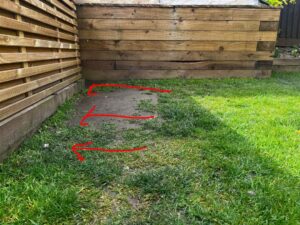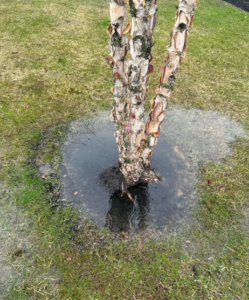How many times have you gone to your local nursery and purchased plants? I’m sure you have gone at least once and made at least one purchase. What if I told you that you can get more plants in one pot rather than buying two or three of the same plant(s). You probably wonder, how is that possible? It’s possible and by following this tip you can simply get more plants in one and save yourself some green.
GETTING MORE FOR YOUR BUCK
When you visit your local nursery or big box store that sells plants, you can easily identify plants in pots that will allow you to get 2 or more plants from that one pot by following this tip. To do this, you simply look at each pot and see how many blooms there are. Next, examine how many stems/shoots the plant has and visualize how you would break this plant up to make multiple plants. By doing this, you can determine how many plants you can get from that one pot. In some cases, you may get 2 or 3 plants. There have been cases where I have gotten 4 plants. Identifying and visualizing where to divide some plants may be more difficult than others. For example, I find it super easy to locate multiple hostas and salvia in a pot. I have included a visual below to get a better understanding of what I mean by examining the stems and determining how many plants you can get out of this one pot. Each yellow line indicates a separation point or a point where you will make your cut to divide the hosta.

HOW TO DIVIDE
I’m sure some of you know how to divide a plant, but some may not, so let’s do a quick review. For this example, let’s jump ahead and say that the plant has already been dug up, and you retained as much as the root system possible, and the excess dirt has been shaken off. Now, to divide a plant successfully, lay it out on the ground, examine the plant stems/shoots, visualize a set of stems/shoots you will cut in between (shown in my above picture), and then, using a spade or a garden knife, simply make your cut directly between the set of stems/shoots. Another way to divide perennials is to use your hands and just rip it apart into separate divisions. Don’t worry about damaging the plant, because most perennials are forgiving. This is especially true for plants such as hostas and daisies. The most important thing you want to make sure after you have divided your plant(s), is that it has enough root system in order to take in the nutrients and water it needs to survive. Any divisions that have little to no roots after you have made your cut should be disposed of as it will not perform well. Make sure to keep your newly divided plant watered and in the shade until it is planted in the ground.

BEST TIME TO DIVIDE
Section off the plant while its not blooming to promote rejuvenation of root and leaf tissue. Divide fall blooming perennials in the spring. Divide spring and summer blooming perennials in the fall. Now, you may have this question of whether or not you can divide in summer, and the answer is YES!. There is a trick to it though, which we will discover in a later post.
HAVE QUESTIONS? You can comment below or send us an email for Mike to review and answer your question(s).






